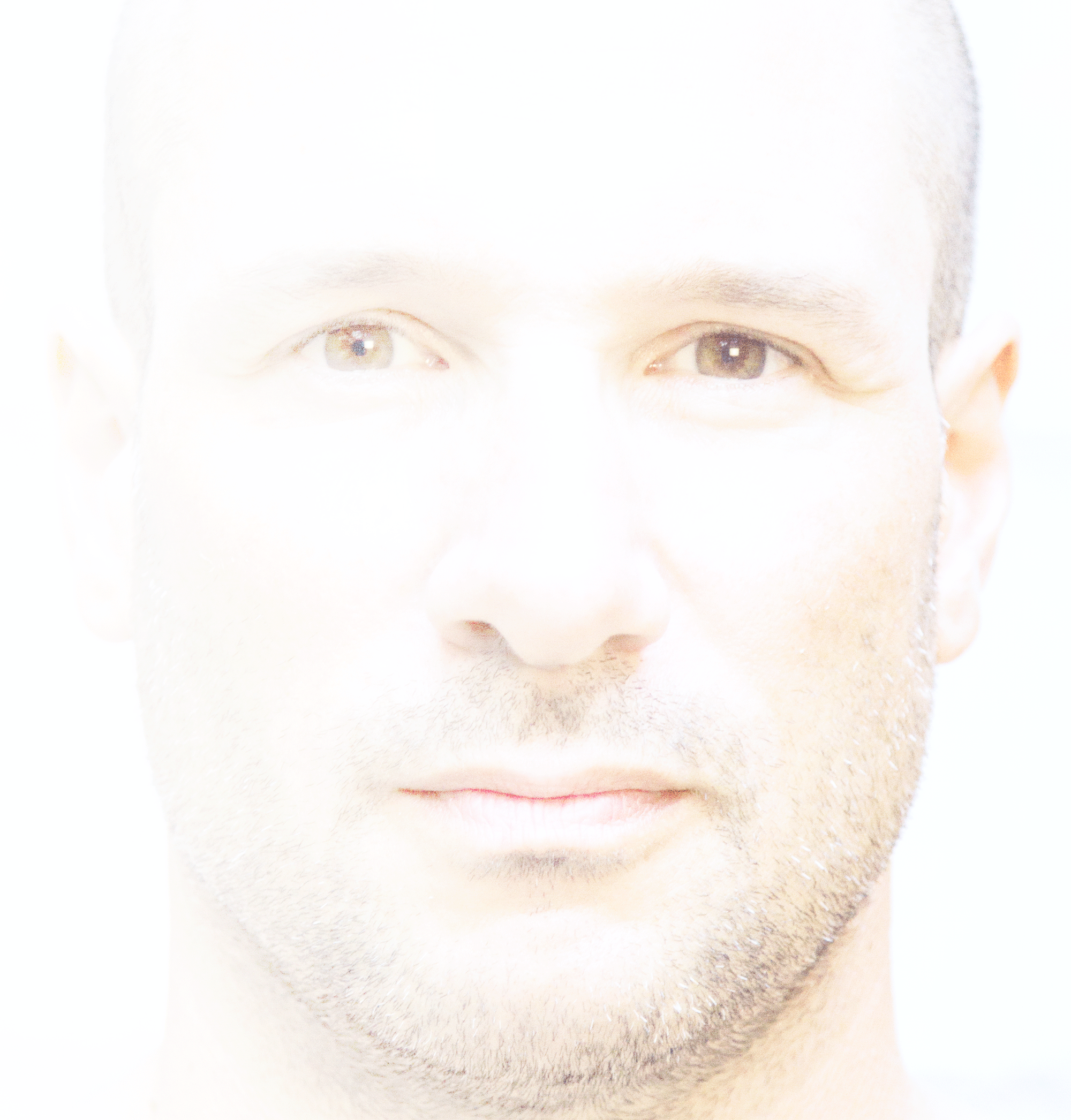I Want to Know Your Ghost
I Want to Know Your Ghost" is an intimate photography project that delves into the multifaceted nature of human identity and self-expression. Through tightly framed portraits, the project aims to capture the true essence of each subject, moving beyond surface personas. The photographs, printed on translucent silk, create a dynamic interaction between the subjects and their environment. This series challenges traditional portraiture, exploring authenticity, vulnerability, and the depths of human nature through innovative visual techniques.
GBT: Laura, your project, "I Want to Know Your Ghost," delves deeply into the human essence. You spoke about the challenge of capturing a subject’s unguarded self. What inspired you to embark on this "waiting game," and why was it so important for the persona to drop to reveal something deeper?
LS: It stemmed from wanting to see beyond the curated versions of ourselves, which we constantly project. Social media, cameras—they all make us hyper-aware of how we appear. We’re constantly editing our lives. The waiting game was my way of resisting that—to not just photograph how someone wants to be seen, but to capture those in-between moments when they stop posing, stop performing, and simply exist. When the guard drops, something raw and truthful comes through. It’s subtle, but it’s real.
GBT: That patience you exercised, waiting for the persona to drop—it feels like you’re asking for a deep level of trust from your subjects. Were they aware of what you were waiting for, or did they gradually lose control over their image?
LS: They were aware—I made my intentions clear. But it was really about time. They would drift in and out of awareness of the camera. What I was looking for were those unconscious moments, when they stopped managing their image. It became almost meditative, for both of us. It wasn’t instant—it was durational.
GBT: Let’s talk about your decision to print the portraits on translucent silk and hang them like flags. What led you to that choice?
LS: It was both aesthetic and conceptual. Silk has this ethereal, delicate quality, and when light passes through it, the image shifts—just like our identities, which change depending on who’s looking. The flag format added another layer; flags claim space, they signify belonging. But in this case, they float—they’re not fixed. It was a way to symbolize identity as both strong and fragile, something that moves and evolves.
GBT: You installed the portraits in a church, which is a highly symbolic space. How did that setting influence the meaning of the project?
LS: The church brought an unexpected weight to the work. I’m not Catholic, but spaces like that have a sacredness to them. They invite reflection and change how you engage with the art. The light, the stillness, the architecture—it all influenced how the portraits were experienced. It felt like the right space to think about identity on a deeper level, to see these faces as not just individuals but part of something larger. The church, both metaphorically and literally, infiltrated the work.
GBT: When you say “the church infiltrated the portraits,” do you mean more than just the physical space? Did it shape the project in a philosophical or spiritual way?
LS: Both. On a literal level, the church’s light and colors filtered through the silk, altering how the portraits appeared. But metaphorically, it became about how institutions—like religion—shape identity. The project became a reflection of what’s revealed when we strip away daily life—the essence beneath. The portraits, in that sacred space, invited viewers to think about their own inner layers, their own beliefs and questions.
GBT: The translucent silk makes the portraits feel ghostly, almost ephemeral. The title "I Want to Know Your Ghost" seems to capture that sense. How does it tie into the themes of the project?
LS: The title is really the essence of what I was after. It’s about seeing past the surface, beyond the persona, to understand the elusive parts of someone—their “ghost.” We all carry these different versions of ourselves, shaped by our pasts, our experiences, our performances. Portraits themselves are ghosts in a sense—reflections of who we once were. This project was about capturing those fleeting, unguarded moments, like glimpses of a ghost.










